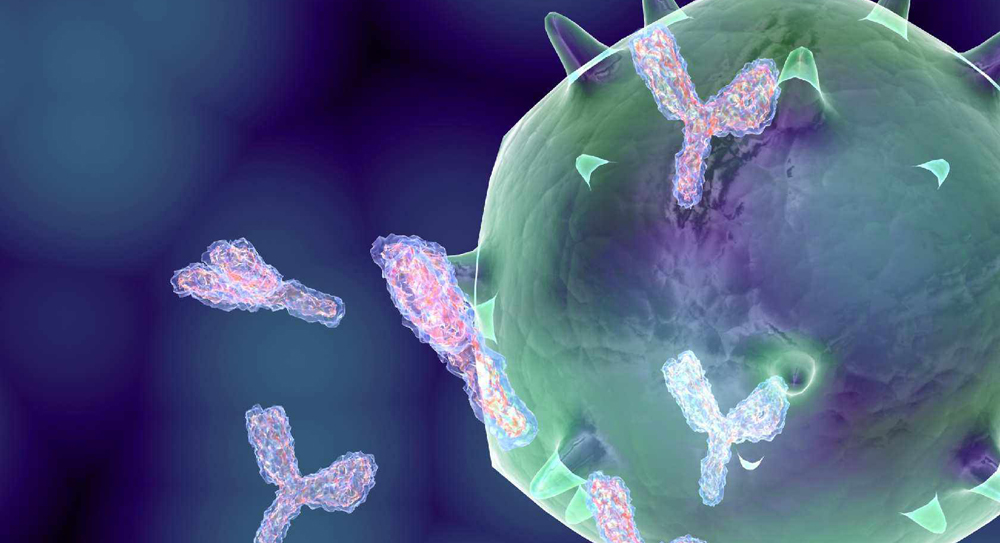Cytotoxicity is a key factor determining the lethality of ADC drugs. An ideal cytotoxin should have the following properties:
Highly toxic: Usually moderately toxic cytotoxic molecules require more than a million to kill a single cell, and there are about 100,000 antigens on the surface of each tumor cell that antibodies can bind to. In addition, the number of cytotoxin molecules that can actually enter the cell is very low (the internalized antibody is less than 0.1% of the injected dose). Therefore, the cytotoxins carried by ADC drugs are first of all highly toxic.
Low immunogenicity: Highly toxic cytotoxins can be extracted from plants, animals or microorganisms, ensuring that the immunogenicity of cytotoxins in humans is negligible.
High stability: Cytotoxins should be stable during drug preparation and storage; stable in blood circulation because cytotoxins will circulate in the blood for a long time, and their release or decomposition in the blood should be avoided; It remains stable in the enzyme body and is not decomposed by low pH conditions.
With modifiable functional groups: Cytotoxin molecules must have modifiable functional groups or sites where functional groups can be introduced, which can be further linked to monoclonal antibodies.
The cytotoxins used in ADC drugs can be divided into three categories, with tubulin inhibitors being the most common. In the early stage of ADC drug development, commonly used chemotherapeutic drugs, including doxorubicin, methotrexate, mitomycin, fluorouracil, and vinblastine, were selected. The effect is too weak to act as a cytotoxin for ADC drugs.
At present, there are about 6-8 cytotoxins used in clinical trials or marketed ADC drugs, mainly from natural sources, which can be roughly divided into three categories according to the mode of action:
(1) Tubulin inhibitors (orlistatins Auristatins and maytansine DMs);
(2) DNA synthesis inhibitors (calicheamicin, domikacin, duocarmycin, and pyrrolobenzodiazepine, PBDs, etc.);
(3) Topoisomerase inhibitors and RNA polymerase 2 inhibitors (camptothecin derivatives and α-amanita).
The most common of these are tubulin inhibitors, which account for more than half of the ADC drugs in clinical development.









